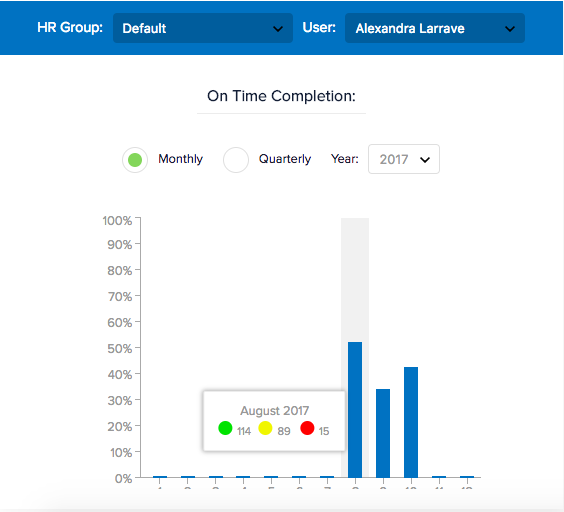How to Hold People Accountable Without the Drama
Many business leaders avoid creating a culture of accountability in the workplace because of the confrontational nature of holding people accountable. It does not have to be that way.
Holding people accountable does not have to be an undertaking that creates drama and confrontation every step of the way.

First, the Positive Message
Creating a culture of accountability is about creating a foundation that helps everybody be more successful at what they do. A culture of accountability is about more promotions, more compensation, and, most importantly, more fun.
Second, the Business Foundation
Before going all out trying to deliver on the positive message above by holding people accountable, a basic business Foundation Framework that includes the following 5 components must be developed and implemented:
- Strategy and goals
- Governance and organization
- Expectations frameworks
- Compensation and incentives
- Accountability tracking systems
Click here for more details on how to develop this Foundation Framework.
Third, the Accountability System
Now you a ready to begin the creation of a culture of accountability.
At the end of the day, it is all about clearly communicating to your team where things are going, what is expected of them, tracking completion performance, and connecting it to a performance review and reward process. All in the context that is good for everybody.
Then, you must execute relentlessly and consistently. Walk the talk, and show everybody that this accountability thing is real.
Supporting this whole effort with a software platform like CommandHound, which was built from the ground up to drive a culture of accountability in the workplace, can substantially increase your chances of success.
In addition to providing best-in-class task management functionality, CommandHound allows you to define escalation points to let your team know that if assigned tasks do not get done on time, they will be taken away and escalated, and, to close the loop, CommandHound tracks all completion performance activity at the individual or team levels:
- Green milestones or tasks denote on time completion
- Yellow shows that a milestone was late and that one escalation point was required before it was completed
- Red milestones are used when a late milestone required two escalation points before being completed.
Greens, yellows, and reds are then tracked at the individual and/or team levels for performance review and incentive purposes.

Milestons are Rated Green, Yellow or Red Based on Completion Timeliness
Now that things are being tracked and measured against clear frameworks, goals and expectations, a culture of accountability will begin to develop.
More Information
Would you like to learn more about how CommandHound can help you develop your Foundation Framework to begin the development of a culture of accountability in your business?
